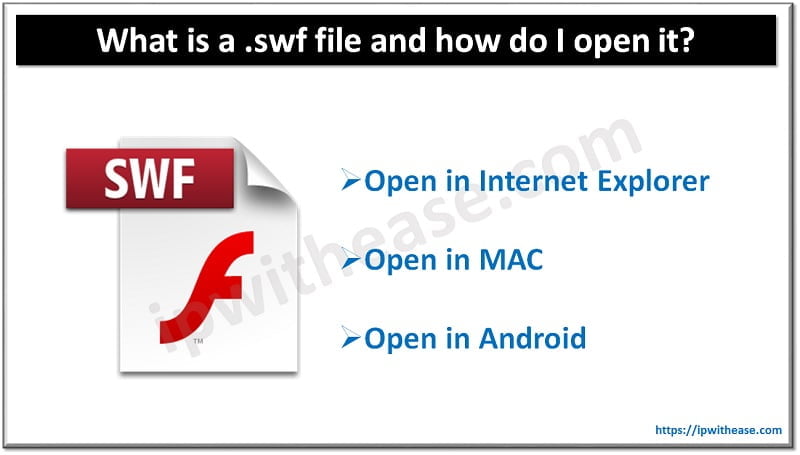Table of Contents
Jenkins has been named one of the best DevOps tools for 2023. This open-source tool used in automating servers for CI/CD purposes is associated with reliable code building, testing, and deployment. Also, it provides a host of plugins that allow it to gain new functions and integrate with other tools.
One notable plugin for Jenkins is the Terraform plugin, which allows it to integrate with one of the most widely used Infrastructure-as-Code (IaC) solutions, Terraform. This plugin brings to the Jenkins CI/CD pipeline scripts from Terraform, making it possible to automate infrastructure management.

Benefits of Jenkins to Enhance Terraform IaC Management
The use of the Jenkins plugin improves Terraform as an IaC management solution, in the areas of automation and efficiency in particular. It also provides several other benefits, as described below.
Enabling Automation and Orchestration
Jenkins serves as an automation server for IaC management with Terraform. It can host the triggers for the execution of Terraform scripts. These triggers include code commits, pull requests, and scheduled builds. Also, Jenkins enables the orchestration of the whole continuous integration and continuous deployment pipeline, which is an important part of the automation of infrastructure deployment and management.
Jenkins executes the init command used to start the Terraform working directory. With the init command running, the system downloads all required modules and sets up the environment for Terraform execution. Similarly, Jenkins runs the apply command to initialize the application of infrastructure changes as indicated in the execution plan.
The automation and orchestration benefits are a major reason to learn how to use Terraform with Jenkins. Terraform is an excellent IaC management solution, but it can become even better as it integrates other solutions to make up for the functions it lacks.
Providing Version Control
Terraform does not have a native version control functionality, but it can rely on external version control systems (VCS) to monitor and manage the changes in IaC configurations. Jenkins enables the seamless integration with different VCS including Git, Subversion, and Mercurial to conveniently pull the most recent changes in the Terraform code.
It bears mentioning that the integration of a version control system into Terraform enables the creation of branches for different features and environments. It also facilitates, if necessary, the merging of changes made in branches into the main branch. Additionally, it supports pull requests and code review in collaborative environments. It also allows the tagging of releases to help monitor specific versions of the infrastructure code.
Moreover, the integration of a version control system with Jenkins provides the ability to roll back infrastructure changes to make it easy to resolve problems or defects whenever they arise. Jenkins can be configured to revert to a previous version of the code if errors are encountered, providing an easy way to undo issue-ridden changes.
Build Parameterization
Jenkins makes it possible to create build parameters, which transmit data into Jenkins jobs. The data can be anything, from secrets to git branch names, hostnames, and ports. This enables the dynamic introduction of variables into Terraform scripts, which is in line with the modern conventions for building CI/CD pipelines.
Parameterized builds are highly useful in CI/CD systems not only because they ensure configuration flexibility but also because they support reusability. Instead of producing separate build jobs for different variations, a single job with parameters can be established and reused in application use cases. Also, the setting of parameters makes it easy to do environment-specific configurations and customize for branches.
Secrets Management
There are ways to securely handle secrets in Terraform, but secrets management can be made easier by using external tools. Jenkins itself does not provide secret management functions but it can integrate with secret management plugins to more easily handle sensitive information like login credentials, access tokens, and API keys required by Terraform scripts. Jenkins works with secrets management plugins such as the HashiCorp Vault plugin and the AWS Secrets Manager.
It is important to remember, however, that the use of these plugins does not automatically afford secure secrets management. It is important to follow best practices in dealing with credentials and other secrets. Also, since the plugins are external, it is crucial to examine their documentation and latest details because they are likely to evolve or undergo changes over time.
Simultaneous Job Execution
Jenkins is capable of parallel execution, which means it can support the execution of multiple jobs at the same time. This provides the benefit of being able to deploy various components or environments more rapidly. It considerably cuts down deployment time, especially in cases involving massive and highly complex infrastructures.
Jenkins comes with the “parallel” directive, which is used to specify the different blocks that can run concurrently. It also supports matrix builds, wherein jobs are run with several parameter combinations that can be executed at the same time. Additionally, Jenkins makes it possible to distribute builds across many agents/nodes and conduct parallel testing across many test cases.
Visibility and Ease of Monitoring
Jenkins augments the monitoring of Terraform workflow to maximize visibility into deployments, build statuses, and infrastructure changes. This is achieved through the centralized Jenkins dashboard that facilitates build and CI/CD pipeline health monitoring, the consistent generation of build logs and console output details, email notifications for build results, as well as pipeline notifications that can be customized within the pipeline script. It also supports the use of webhooks, external services, custom scripts, and monitoring plugins.
Additionally, Jenkins enables users to build their custom dashboards and set bespoke metrics through scripts or plugins. It also provides a visual representation of the different pipeline stages to enhance observability and ensure unambiguous communication over Terraform workflows.
Furthermore, Jenkins does a great job with artifact management as it comes with the ability to centrally manage Terraform artifacts like state files and plans. This ensures consistency throughout different deployments and provides an easy-to-use versioned repository of the modifications made.
Key Takeaways
Jenkins is a flexible tool for continuous development automation, which is unsurprising given its popularity in the CI/CD realm. It is not the only tool that enhances Terraform IaC management through automation, but it stands out as an open-source tool that provides a long list of features and integration with a wide array of plugins. It ensures efficient and secure IaC management with its orchestration capabilities, parameterized builds, concurrent job execution, and affinity for optimum deployment visibility and intuitive pipeline monitoring.
Continue Reading:
Top 50 Terraform Interview Questions
What is Terraform? An Overview
ABOUT THE AUTHOR
IPwithease is aimed at sharing knowledge across varied domains like Network, Security, Virtualization, Software, Wireless, etc.



